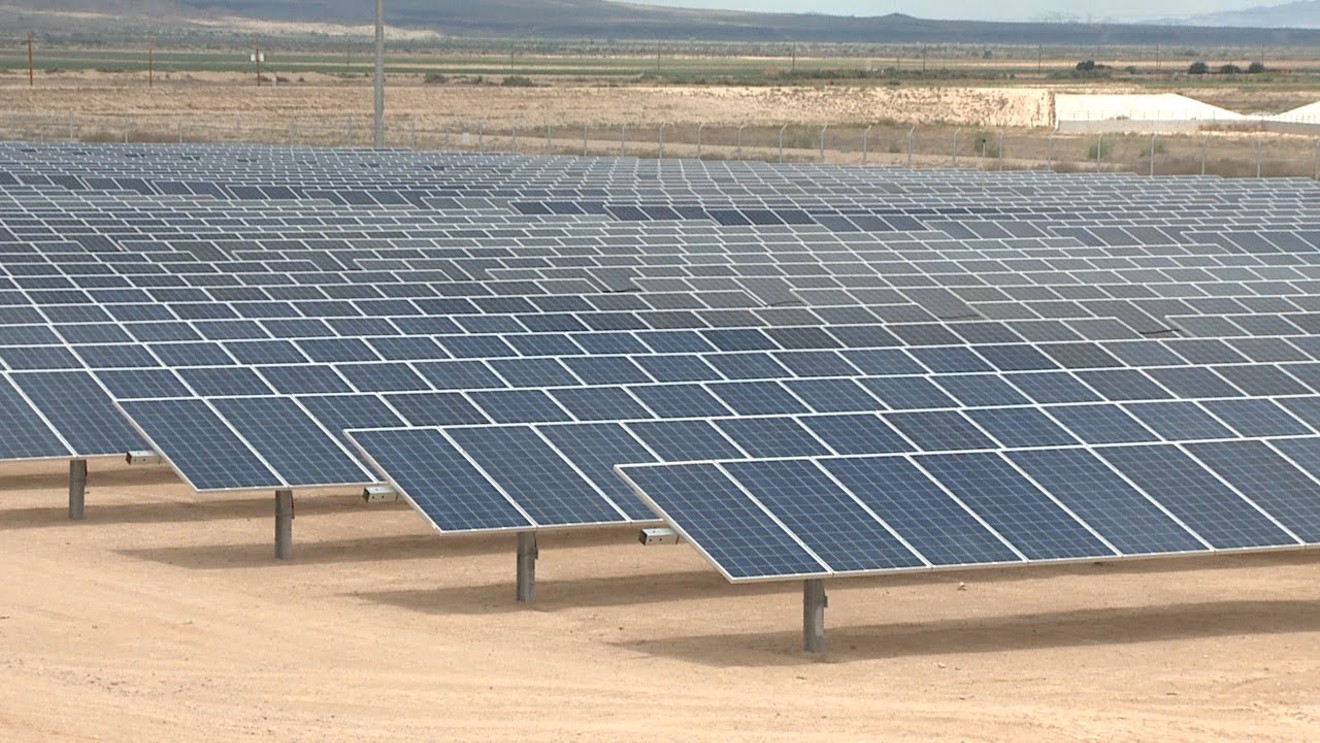Or it may end up costing millions more than it's actually worth.
City officials admit they don't know which is true. They have no estimate on the cost or savings of their emissions-reducing programs.
"Some cities have kind of looked at what that would be," said Mark Hartman, Phoenix chief sustainability officer. "We don't have anything such as that."
Greenhouse gas emissions are believed to be a significant source of global warming, and Phoenix isn't the only city trying to reduce them. Since 2017, more than 7,400 cities worldwide have aligned with a reduction pledge by the Global Covenant of Mayors for Climate & Energy.
Phoenix aims to be "carbon neutral" a few decades from now. On January 9, the Phoenix City Council voted unanimously on an updated goal to reduce greenhouse gas citywide to 30 percent of 2012 levels by 2025. Officials say that'll keep it on track to make an 80 percent reduction by 2050, a goal the council approved in 2016.
The city also has had a mandate since 2008 to reduce greenhouse gas within city operations. According to a 2016 online report by Arizona State University, the city blew through its original goal of a 5 percent reduction by 2015, instead achieving nearly 16 percent. This was accomplished by installing advanced landfill gas capturing systems, solar power for water operations, energy efficiency measures in more than 45 city buildings, and running more vehicles on biodiesel or ethanol.
Since the report, the city adopted a new, more challenging internal goal of a 40 percent reduction by 2025.
Yet the city can't say what it cost to meet the 2015 goal, nor what efforts to meet the new goals may cost in the next few years, Hartman acknowledged.
That brings up several important questions for city taxpayers: Will actions taken to meet the new, tougher goals be worth the upfront costs to the city? Which measures are the most cost-efficient? Will the Phoenix economy really benefit from the program, as Mayor Greg Stanton said it would?
With no one monitoring the financial side of the city's greenhouse gas-reduction effort as a whole, these questions can't be answered — not without an in-depth investigation, anyway. The city provides no convenient way for the public to learn the price of going green. In the 2016 ASU report, for instance, the issue of money is totally ignored.
Ongoing and upcoming projects intended to help the greenhouse gas goals include adding solar panels, pushing citizens to adopt electric cars, managing landfill waste gas better, using more alternative fuels, and planting trees."We have an absolute obligation to let our citizens know whether the things we are doing are effective or not."
tweet this
Interestingly, the city did produce a cost-savings analysis for one new project considered to be important in reducing emissions.
Last year, the city began a project to update 100,000 streetlights with LED lights, which are more energy-efficient and require less maintenance. Before the project was approved by the City Council in December 2016, the city engineer created a chart that shows — year by year — how the $30-million program will end up saving $22.2 million by the year 2030. The chart's data was "verified by other stakeholders including the finance department and the deputy city manager," city spokeswoman Raquel Estupinan said.
As Hartman confirmed, though, the city doesn't make such handy charts for its other greenhouse gas-reducing measures, or for the reduction program as a whole. Nor is the information required to make such a chart readily available.

Councilman Sal DiCiccio said the city has an "obligation" to account for the costs of its greenhouse gas reduction program.
CityofPhoenixAZ
"Some things are worth paying for, some are not," he said.
Yet most of these other projects apparently don't get the sort of cost-benefit analysis that the LED lights got, or even rough estimates. The lack of accounting deprives taxpayers of the ability to know how much the greenhouse-gas goals cost the city. It may also stop the city from being as efficient as possible — which could hamper its goals.
"Tracking the cost and outcomes of sustainability programs is just good business," said Karalee Browne, sustainability program manager for the Institute for Local Government in Sacramento, California. "Understanding the cost to plan and implement specific programs or policies will lead to a better understanding of best practices that have a high return on investment."
Besides that, she said, if leaders can make the "business case" for sustainability projects, they'll help build community support for why the projects are important.
Sal DiCiccio, a city councilman and frequent critic of wasting taxpayer money, said the city should, in fact, be keeping better track of the reduction-program costs.
"We have an absolute obligation to let our citizens know whether the things we are doing are effective or not," he said. "That applies to everything, but especially programs like this that are expansive and, often, expensive."
DiCiccio believes he knows why the costs aren't better known: Bureaucrats don't want them known.
"In this case, I think there is a strong incentive, ideologically, not to risk such an examination – lots of people at City Hall have staked their careers and offices on these programs," he said. "Accounting brings accountability, and there are lots of people in any government who don’t want to take that risk for any program, let alone one that is as difficult to quantify as these will be."
Below: The city of Phoenix table that shows the estimated cost and savings for an LED streetlight program.













